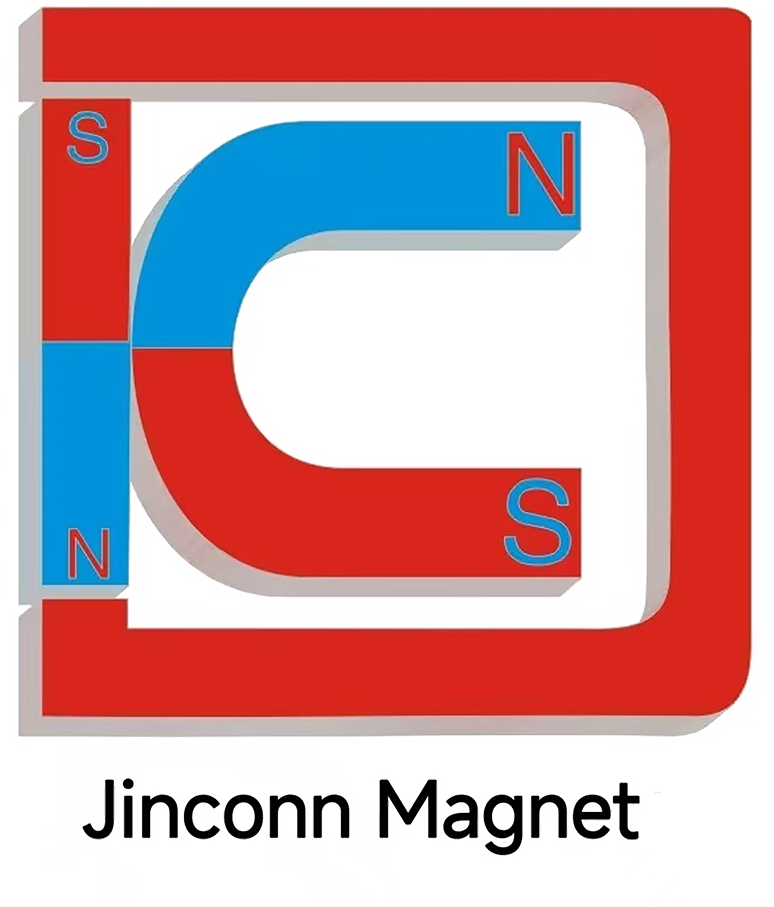Dynamic Tuning: How Magnet Parameter Refinement Drives System-Level Advancements in the Closed-Loop Cycle
In advanced motor and system development, iterative closed-loop design is not a linear process but a constant interplay of feedback and refinement. When real-world data or downstream design constraints indicate suboptimal performance, magnet parameters are retuned and sent back into the system for renewed integration. This ongoing dynamic keeps the entire engineering process agile, innovative, and deeply collaborative.
1. Responding to New Thermal and Environmental Insights
After initial tests or early field deployment, engineers often find that thermal profiles or environmental exposures are different from expectations. In response, magnet designers may switch to materials with improved high temperature resistance (耐高温) and update coatings for better corrosion resistance (耐腐蚀). These adjustments help maintain strong stability (稳定性强) even as operating conditions evolve.
2. Upgrading Magnetic Performance for Enhanced Demands
A closed-loop approach ensures that performance upgrades or design changes—such as increasing torque density or downsizing the motor—trigger a reassessment of the magnet’s high coercivity (高矫顽力) and strong adsorption force (吸附力强). Material scientists may refine grain size or add rare earth elements to achieve higher coercivity, enabling magnets to withstand stronger demagnetizing fields and retain performance over time.
3. Realigning Magnet Geometry and Integration
Unexpected mechanical or electromagnetic feedback may reveal that the current magnet shape, size, or mounting method is not optimal for the new system constraints. This is where customizable magnet solutions (可支持定制化磁铁方案) are essential. Engineers tailor the magnet’s geometry or even rework assembly processes, ensuring a seamless fit with the motor’s structure while enhancing overall system robustness.
4. Continuous Collaboration Across Teams
Dynamic parameter tuning requires tight communication between magnet designers, motor engineers, and structural specialists. Each iteration—whether it’s an improved corrosion resistance (耐腐蚀) coating or a redesign for high temperature resistance (耐高温)—feeds into the next, resulting in progressive gains in strong stability (稳定性强), lifespan, and efficiency for the entire assembly.
5. Building Toward Predictive, Data-Driven Design
As more cycles of the loop are completed, a wealth of operational and test data accumulates. This database informs predictive models, making future parameter tuning even more effective and targeted. Ultimately, this enables proactive, rather than reactive, refinement—further closing the loop between magnet design and system-level optimization.




Jinconn WeChat









